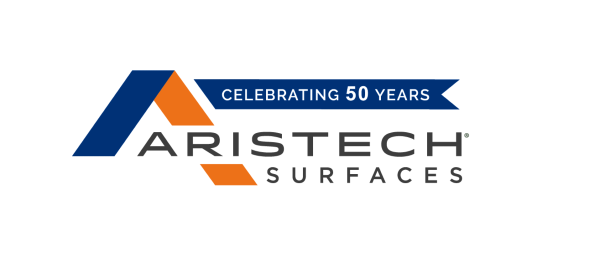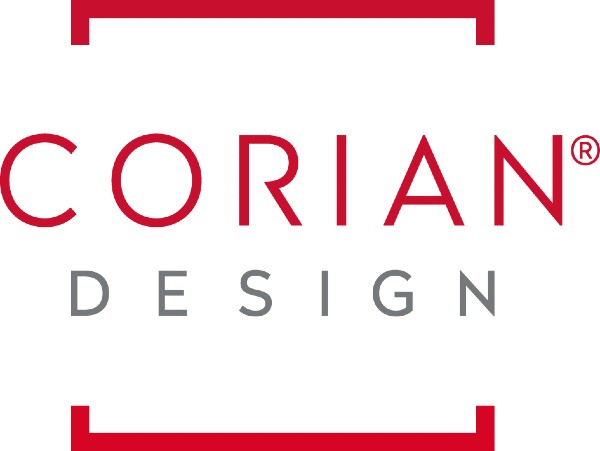Continuing Education Program
 Since September of 2013, ISFA has been registered with the American Institute of Architects (AIA) Continuing Education Program. As an Approved Provider for the AIA Continuing Education System, the Continuing Education Program at ISFA has developed content for a variety of approved courses (listed below) with participating ISFA members. Since September of 2013, ISFA has been registered with the American Institute of Architects (AIA) Continuing Education Program. As an Approved Provider for the AIA Continuing Education System, the Continuing Education Program at ISFA has developed content for a variety of approved courses (listed below) with participating ISFA members.
The ongoing administration of the CEU program is the responsibility of ISFA, with guidance from Continuing Education Program participants. ISFA also trains and registers presenters who will be qualified to deliver approved courses on behalf of ISFA.
The courses offer Learning Units (LU), sometimes referred to as a Continuing Education Unit (CEU); Health, Safety & Welfare credits (HSW), which hold a higher level of ranking for professional credits; or both.
CEU Program Benefits
Manufacturers and Distributors are gaining exposure and providing valuable education on the functionality and feature of their products to those who are recommending products to end users.
Architects and Designers will continue to receive the quality education they have come to expect from AIA CES Registered Programs.
Contact the ISFA office at [email protected] or call 888-599-ISFA to learn how you can get involved in this valuable program.
Continuing Education Courses
ADA for the Decorative Surfaces Industry - offers one (1) LU/HSW
This course is a review of the requirements of the Americans with Disabilities Act as applied to construction details relating to the decorative surfacing industry. Items emphasized are showers, vanity tops, countertops and signage.
Key Learning Objectives:
- Be able to identify sources of information about the requirements of the Americans with Disabilities Act.
- Recognize three applications of decorative surfacing most affected by the ADA requirements
- Understand the key requirements of accessible countertops
- Understand key elements of sizing ADA showers, including definitions of Transfer Type and Roll-In showers
Solid Surface Design Basics - offers one (1) LU/HSW
This course covers the important aspects of solid surface materials including characteristics, performance properties, ISFA standards and design examples.
Key Learning Objectives:
- At the end of this course, participants will be able to identify the types and descriptions of solid surfacing
- At the end of this course, participants will recognize important performance characteristics of solid surfacing
- At the end of this course, participants will understand the proper applications of solid surface materials
- At the end of this course, participants will understand the importance of performance properties in the material selection process
Understanding & Using the ISFA Quartz Standard - offers one (1) LU/HSW
This course explains the pertinent details of the ISFA standard for quartz surfacing materials, ISFA 3-01 (2013). Included are definitions, descriptions, types and applications of quartz surfacing, characteristics and performance values for quartz surfacing and the testing recommended to comply with the standard.
Key Learning Objectives:
- Understand the definition of quartz surfacing material
- Be able to identify the three types of quartz surface material usage
- Understand the four general application categories of quartz surface materials
- Understand the sources of referenced standards and the performance values required by the standard
Design Basics for Sintered Compact Surfaces - offers one (1) LU/HSW
This course covers the important aspects of sintered compact surface materials including characteristics, features & benefits, performance properties, uses and design examples.
Key Learning Objectives:
- At the end of this course, participants will understand how the product attributes, types & descriptions of sintered compact surfacing materials are best optimized in building systems.
- At the end of this course, participants will understand 10 specific performance characteristics of sintered compact surfaces that contribute to the welfare, health and safety of building occupants.
- At the end of this course, participants will understand three applications in which sintered compact surfaces can be utilized in the building design process.
- At the end of this course, participants will know how the manufacturing process and raw materials of sintered compact surfaces contribute to safety and sustainability in the built environment.
Thank you to our Sponsors
   
 
|

 Since September of 2013, ISFA has been registered with the American Institute of Architects (AIA) Continuing Education Program. As an Approved Provider for the AIA Continuing Education System, the Continuing Education Program at ISFA has developed content for a variety of approved courses (listed below) with participating ISFA members.
Since September of 2013, ISFA has been registered with the American Institute of Architects (AIA) Continuing Education Program. As an Approved Provider for the AIA Continuing Education System, the Continuing Education Program at ISFA has developed content for a variety of approved courses (listed below) with participating ISFA members.





